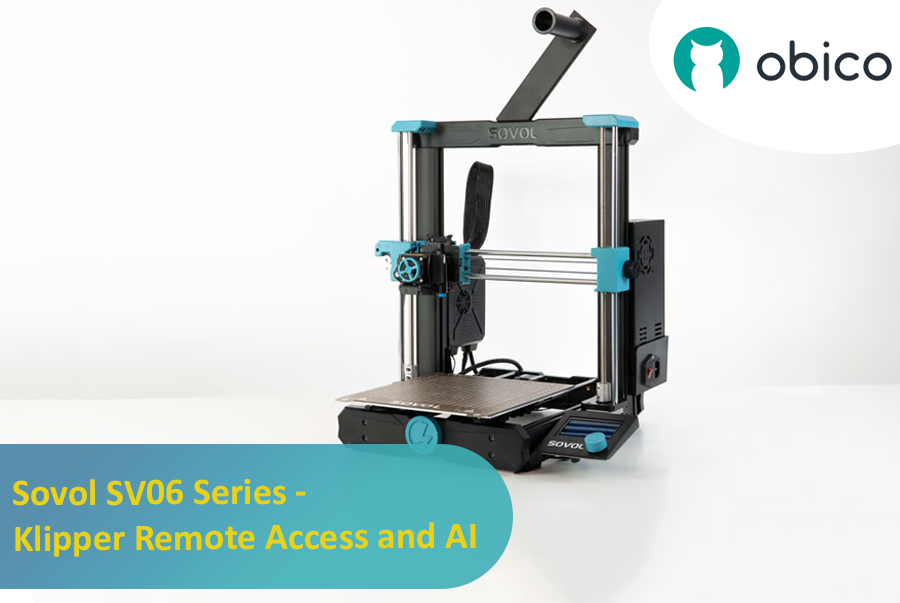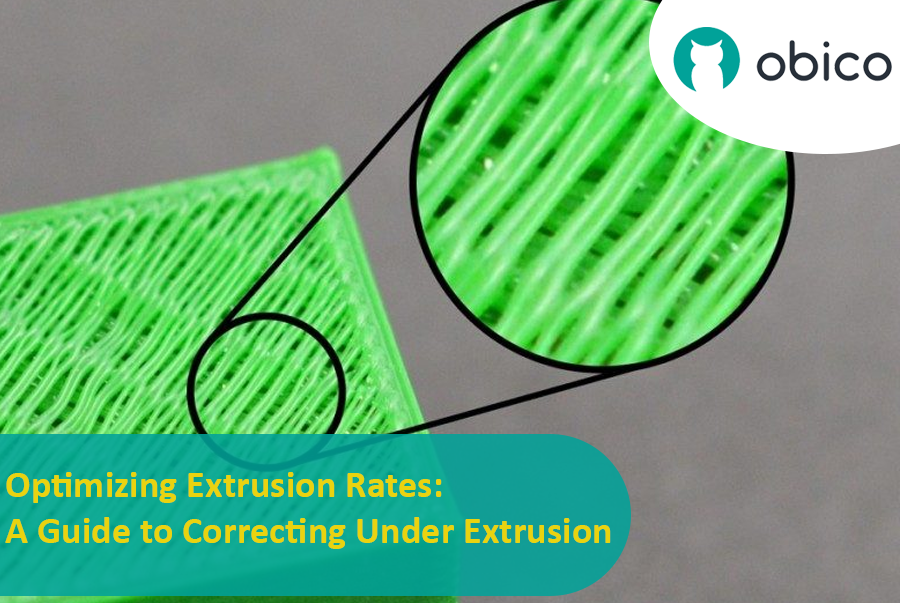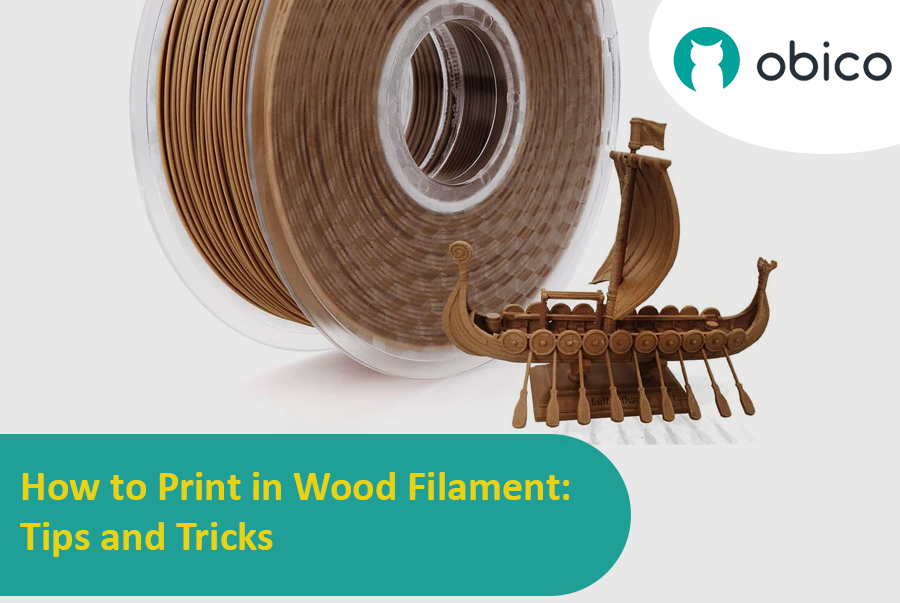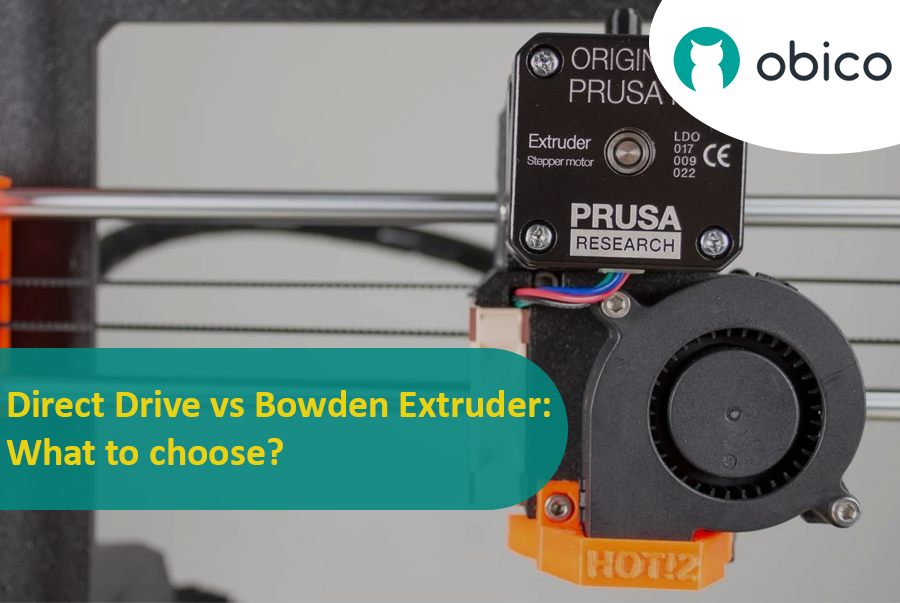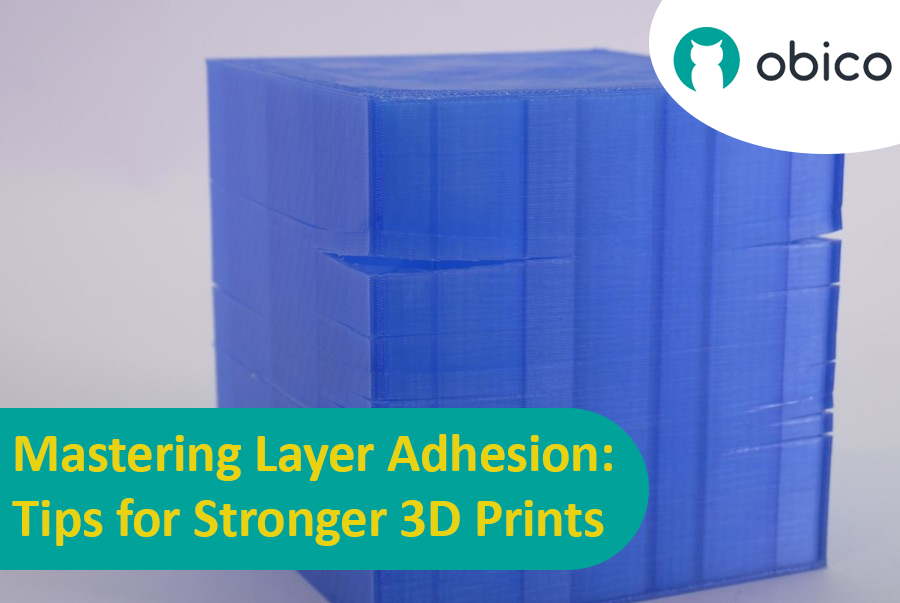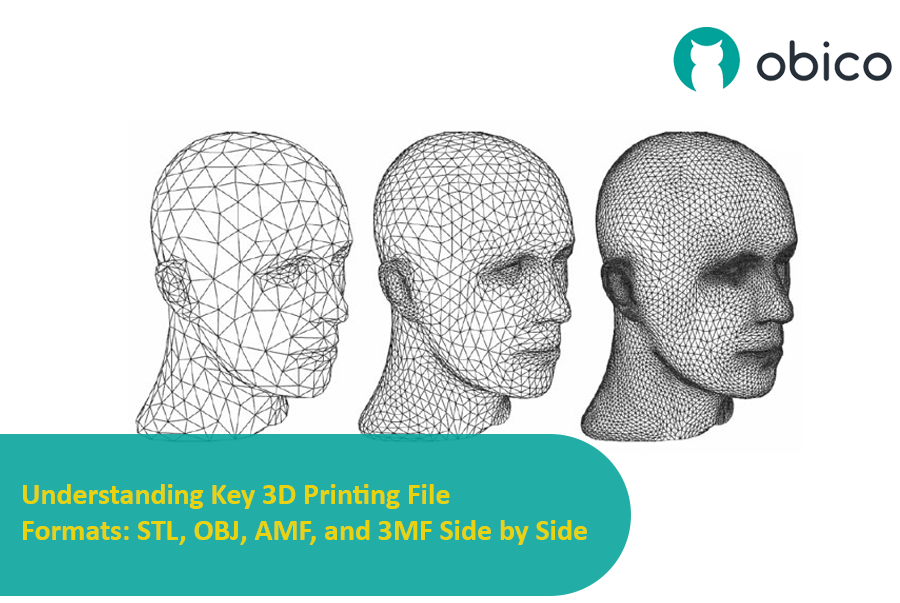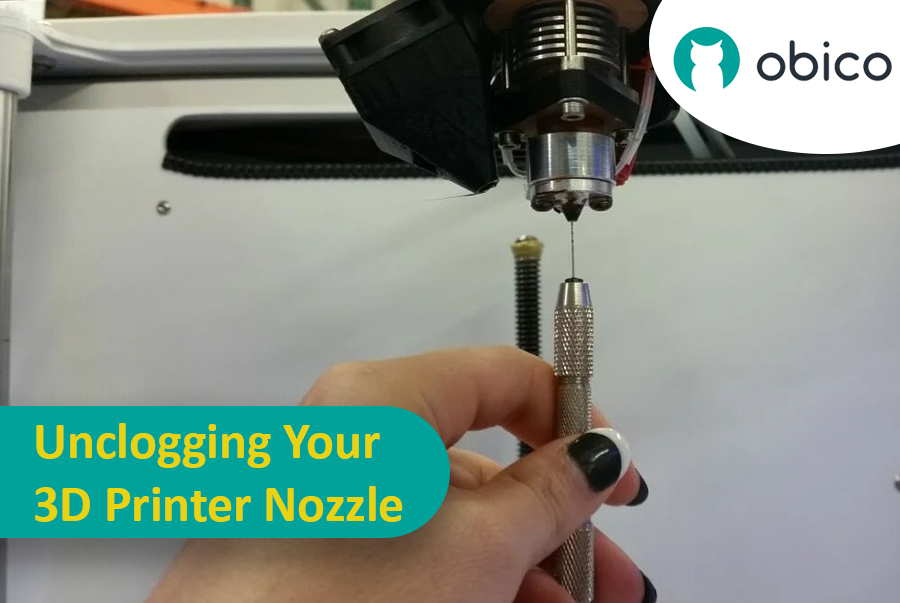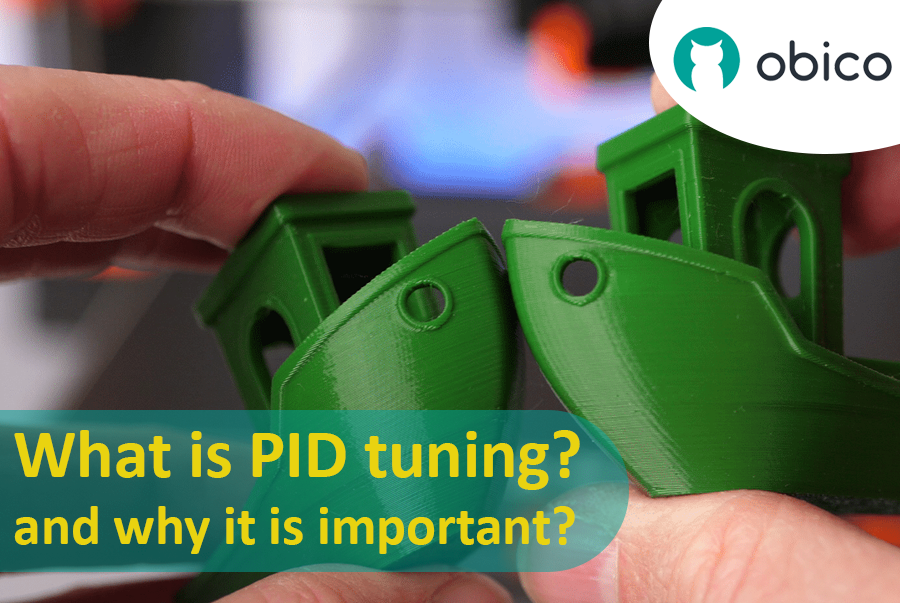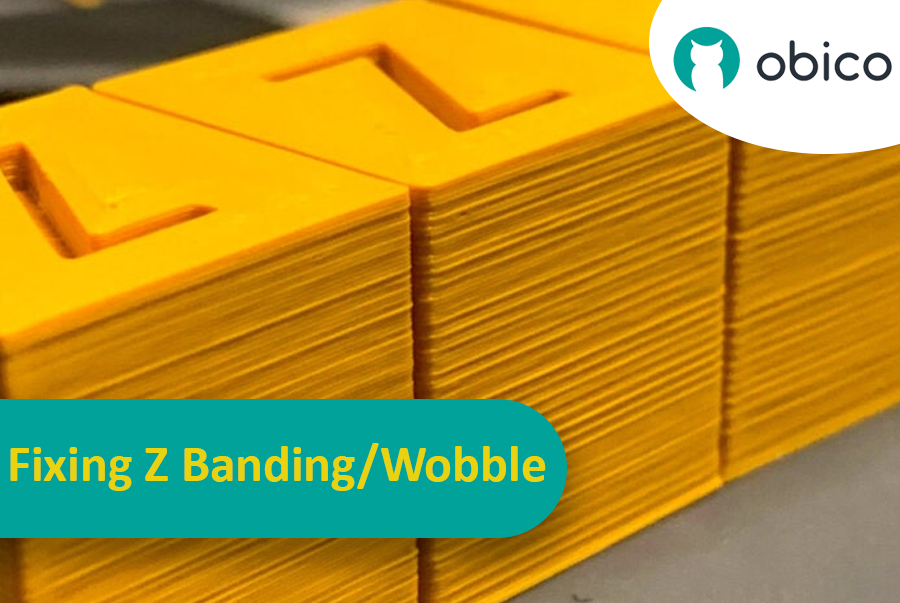Calibração de vazão no OrcaSlicer: um guia completo
Try JusPrin, the first GenAI 3D printing tool built on OrcaSlicer.
Introdução
A calibração da vazão é uma etapa crucial para obter impressões 3D de alta qualidade. A vazão adequada garante uma deposição consistente de camadas, superfícies mais lisas e melhores detalhes. Neste artigo, que faz parte de uma série de artigos sobre calibração do OrcaSlicer, exploraremos o processo de calibração da vazão usando o OrcaSlicer, um software fatiador de código aberto desenvolvido para impressoras 3D de Modelagem por Deposição Fundida (FDM).
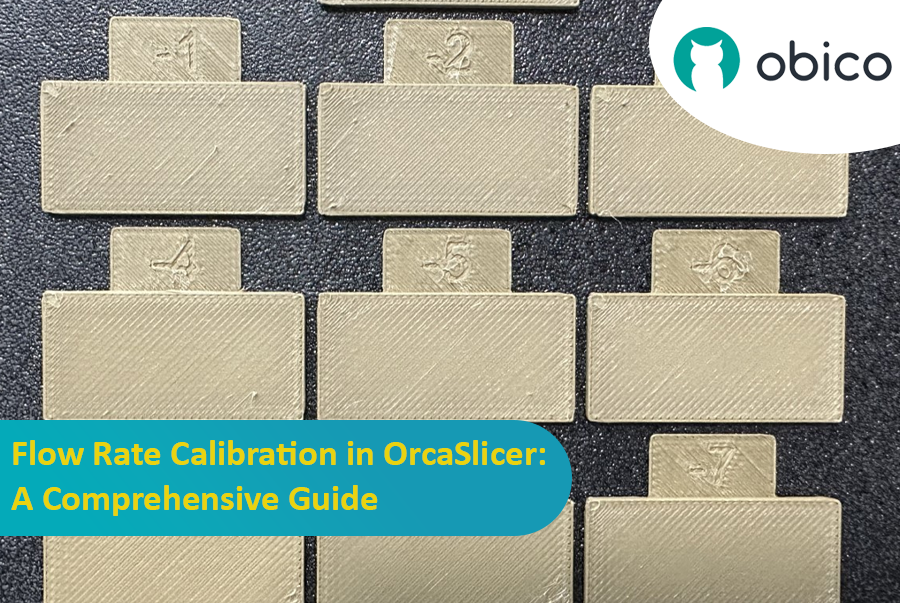
Antes de nos aprofundarmos no processo de calibração de vazão no OrcaSlicer, vamos fazer uma breve pausa para entender o que ele é e seus principais recursos.
OrcaSlicer: Uma opção poderosa e flexível para fatiamento por impressão 3D
O OrcaSlicer é um software de fatiamento de impressão 3D de código aberto para impressoras FDM. Ele foi projetado principalmente para impressoras compatíveis com os firmwares Marlin, Klipper e Bambu Lab. Ele suporta vários modelos populares de marcas como Creality, Prusa, Elegoo e até mesmo a Voron de código aberto.
Árvore genealógica da família OrcaSlicer:
O OrcaSlicer é baseado no Bambu Studio, que por sua vez é derivado do PrusaSlicer. O PrusaSlicer, por sua vez, é baseado na solução de código aberto Slic3r.

